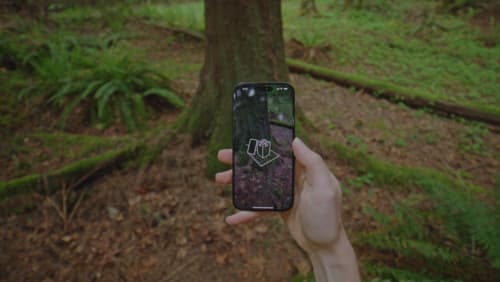what is obj file
Asked on 2024-07-31
1 search
An OBJ file is a standard 3D image format that is used to represent 3D geometry. It is widely supported by various 3D graphics applications and is often used for exchanging 3D models between different software. However, the context provided does not specifically mention OBJ files. Instead, it focuses on USD (Universal Scene Description) file formats, which are used extensively in Apple's ecosystem for 3D assets and spatial computing.
Here are some key points about USD file formats mentioned in the context:
- USDA: An ASCII format that can be read as plain text, making it suitable for collaborative files where multiple people might be making edits.
- USDC: A binary format that is more efficient for storing large amounts of data such as geometry.
- USDZ: A zip format that packages all dependencies for an asset, such as textures, into an internal file structure, making it great for publishing and distributing assets.
For more detailed information on these formats, you can refer to the session Optimize your 3D assets for spatial computing.
Relevant Sessions

Optimize your 3D assets for spatial computing
Dive into an end-to-end workflow for optimized 3D asset creation. Discover best practices for optimizing meshes, materials, and textures in your digital content creation tool. Learn how to harness shader graph, baking, and material instances to enhance your 3D scene while optimizing performance. Take advantage of native tools to work more effectively with your assets and improve your app’s performance.

Discover area mode for Object Capture
Discover how area mode for Object Capture enables new 3D capture possibilities on iOS by extending the functionality of Object Capture to support capture and reconstruction of an area. Learn how to optimize the quality of iOS captures using the new macOS sample app for reconstruction, and find out how to view the final results with Quick Look on Apple Vision Pro, iPhone, iPad or Mac. Learn about improvements to 3D reconstruction, including a new API that allows you to create your own custom image processing pipelines.

Create enhanced spatial computing experiences with ARKit
Learn how to create captivating immersive experiences with ARKit’s latest features. Explore ways to use room tracking and object tracking to further engage with your surroundings. We’ll also share how your app can react to changes in your environment’s lighting on this platform. Discover improvements in hand tracking and plane detection which can make your spatial experiences more intuitive.
